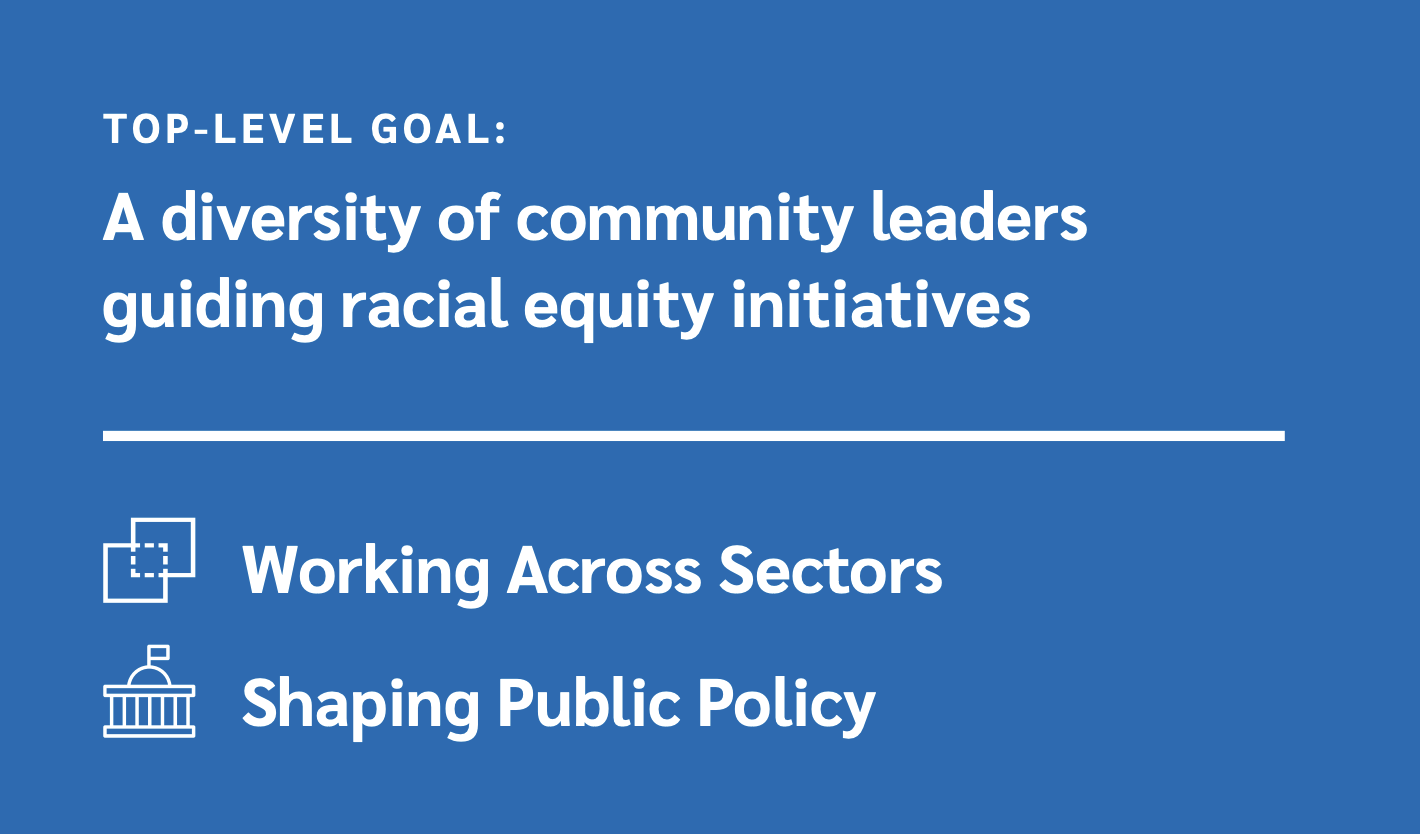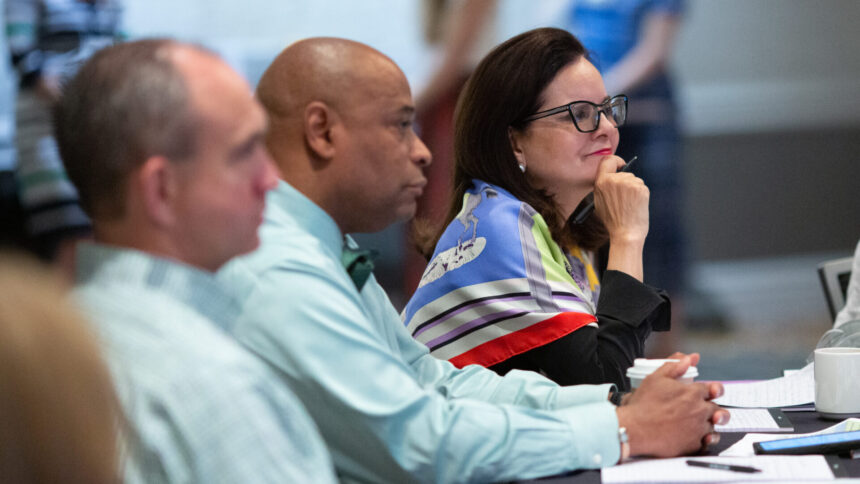We’re sharing community foundation stories from our recently published report, Advancing Economic Mobility in our Communities, which documents the outcomes of these community foundations that came together to develop economic mobility agendas for their communities.
Community Foundation for Greater Buffalo

Bridging the “benefits cliff”
To oversee the economic mobility projects that Network funding and other support helped it advance, the Community Foundation for Greater Buffalo reached out to the Greater Buffalo Racial Equity Roundtable, a crosssector coalition of 350-plus representatives from the public,
nonprofit, private sector and faith leaders to advance racial equity in their region. Collaborations generated through the Roundtable brought energy, ideas and resources to initiatives that focused on connecting young people to promising job opportunities and illuminating the “benefits cliff” that can stand in the way of economic mobility.
The Network funding supported the foundation’s collaboration with the Buffalo Niagara Partnership (the local chamber of commerce) and the Atlanta Federal Reserve to create and roll out the Benefits Cliff Calculator. This tool lets employers, employees and others pinpoint where growth in a person’s earnings leads to a drop-off in public benefits that reduces their overall income. The Partnership rolled out the calculator in early 2022 and continues to promote it in the community.
The community foundation reported that participation in the Network “resulted in a $10 million pilot project from Erie County to help individuals ‘bridge’ over the benefits cliff.” The pilot aims to assist more than 200 families of color in making the transition.
We have government leaders, business leaders, nonprofit leaders, and philanthropy at the table, each bringing unique assets and insights to create these cross-sector collaborative solutions that are systemic in nature and sustainable. That’s the end game.
Sharing resources and data
Also as a result of the Economic Mobility Action Network, the Community Foundation for Greater Buffalo worked with fellow Network participant Greater Cincinnati Foundation to develop an HR Toolkit, a source of vetted HR policies designed to retain employees and help them advance in a company. The foundation was also able to update its 2020 survey of employers to profile how companies in Western New York approach diversity and inclusion, with actionable takeaways to advance diversity and inclusion initiatives.
Connecting young people with promising careers
To help more young people connect with positive job opportunities, the Community Foundation for Greater Buffalo used the Network funding to support three related projects:
- Bringing in consultants to work with its Youth Employment Coalition on creating a youth employment system for Buffalo;
- Building out a website where young people and others can “learn about and connect to high-demand local career pathways”; and
- Marketing the youth employment system its coalition has developed. This work is now fully funded for the next three to five years.
The foundation noted that its work with the Buffalo Niagara Partnership and the Youth Employment Coalition are both explicitly motivated to increase racial equity for the collective benefit of the entire region. “In our community, we’ve been making an economic case for racial equity,” said Felicia Beard, the foundation’s Senior Director of Racial Equity Initiatives. “Being part of this network and seeing how it has really blossomed and developed over the past couple years — it’s really encouraging.”
This region is looking at 165,000 open jobs in the next 10 years, with two-thirds requiring postsecondary credentials — and the largest concentration of young people is in the city of Buffalo. The Say Yes Buffalo initiative currently has 2,500 students on scholarship, 60% with combined family income below $20,000. It’s a game changer for those families.
Contact
If you have any questions about CFLeads’ future economic mobility work, please contact Leonard Brock at lbrock@cfleads.org or 617-854-3549.




